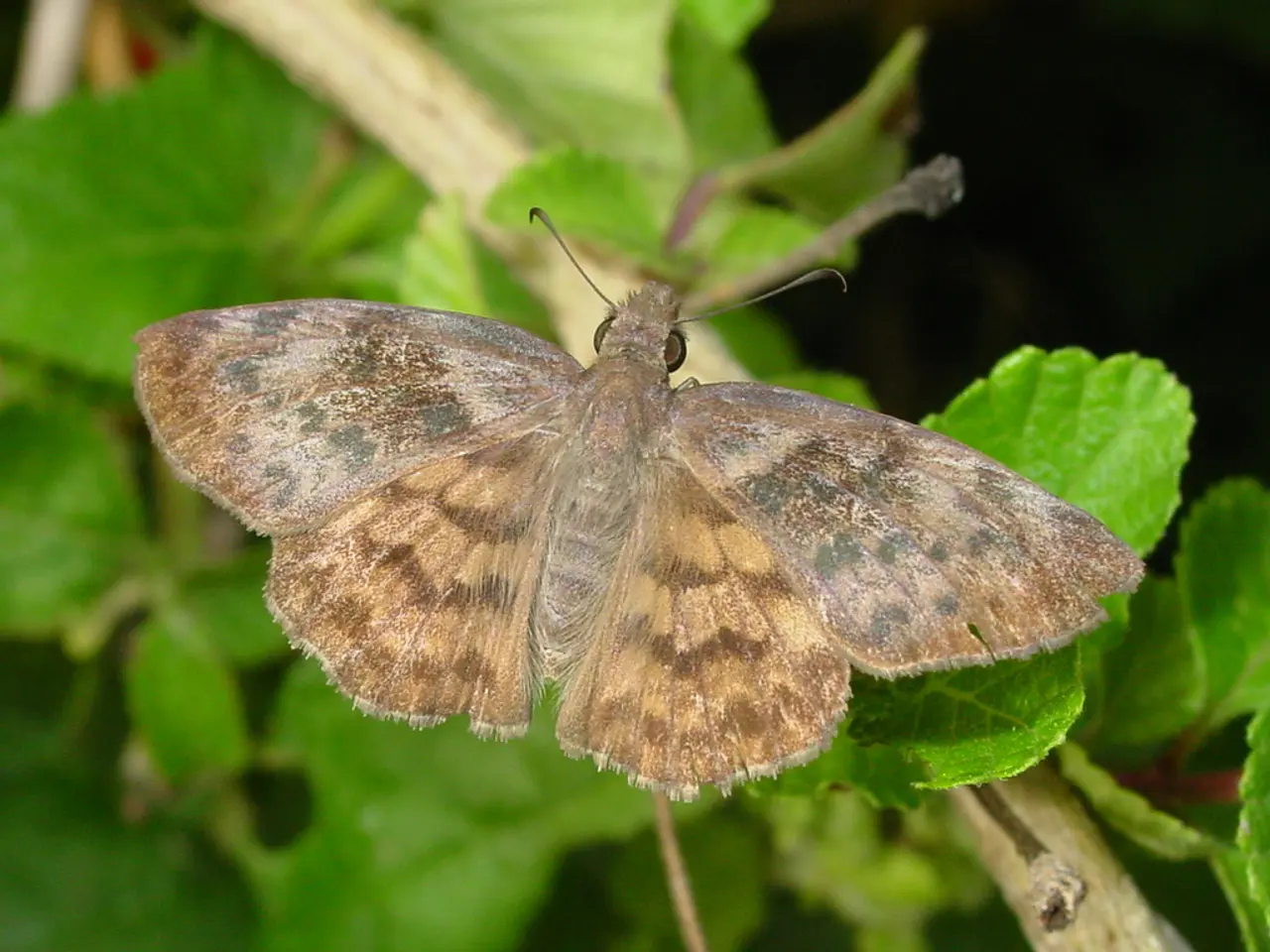Efficient Strategies for Indoor Plant Pest Eradication
Identifying Common Indoor Plant Pests and Their Infestation Signs
Indoor plant enthusiasts may often encounter pests that can harm their beloved greenery. Here are some common pests and their distinctive signs:
- Aphids: Small, soft-bodied bugs that come in green, black, red, or yellow. Yellowing leaves, curled stems, stunted growth, and sticky honeydew residue are telltale signs of an aphid infestation.
- Spider mites: Tiny pests that leave fine webbing on leaves, causing yellow or speckled leaves, general wilting, and weakened plants.
- Mealybugs: Sap-sucking insects covered in a white, cotton-like wax, which cause yellowing leaves and stunted growth, and can be spotted as white fuzzy patches on plants.
- Whiteflies: Small, white flying insects that suck plant sap, causing yellowing and weakening of plants, and often congregate on the undersides of leaves.
- Thrips and fungus gnats: Other common pests causing leaf damage and visible insect presence near roots or leaves, often accompanied by sticky residue or soil infestations.
Effective Natural and Eco-Friendly Pest Control Methods for Indoor Plants
Fortunately, there are several natural and eco-friendly methods to control these pests:
- Neem oil and insecticidal soap: These organic sprays derived from natural compounds are effective at controlling aphids, spider mites, mealybugs, and whiteflies while being safe for plants and the ecosystem.
- Homemade sprays: A mild solution of dish soap and warm water sprayed on leaves can remove spider mites and other pests physically.
- Companion planting: Growing herbs and flowers with strong scents such as garlic, sage, lavender, marigold, basil, peppermint, and rosemary near your indoor plants can repel pests naturally.
- Beneficial insects: Use predatory mites or ladybugs to control spider mites and aphids in an eco-friendly way, especially for greenhouse or controlled environments.
- Soil health enhancement: Enriching the soil with organic matter and maintaining balanced nutrients strengthens plants’ natural defenses against pests.
- Regular maintenance: Frequent checks with magnifiers, use of yellow sticky traps, and good hygiene prevent infestations from becoming severe.
By combining visual inspection for specific pests and their distinctive signs with these natural control methods, you can effectively manage and prevent indoor plant pest problems without harmful chemicals.
Incorporating eco-friendly measures can preserve the quality of your home-and-garden lifestyle while tending to your indoor plants. For instance, companion planting with aromatic herbs like lavender and rosemary could help deter pests, enhancing your environmentally friendly gardening.
Moreover, choosing products that are quality-approved and environmentally friendly, such as neem oil and insecticidal soap, can effectively control common pests like aphids, spider mites, mealybugs, and whiteflies without causing harm.
Regularly maintaining a clean home-and-garden space and frequently checking plants with visual inspections can also help keep your lifestyle pest-free.




